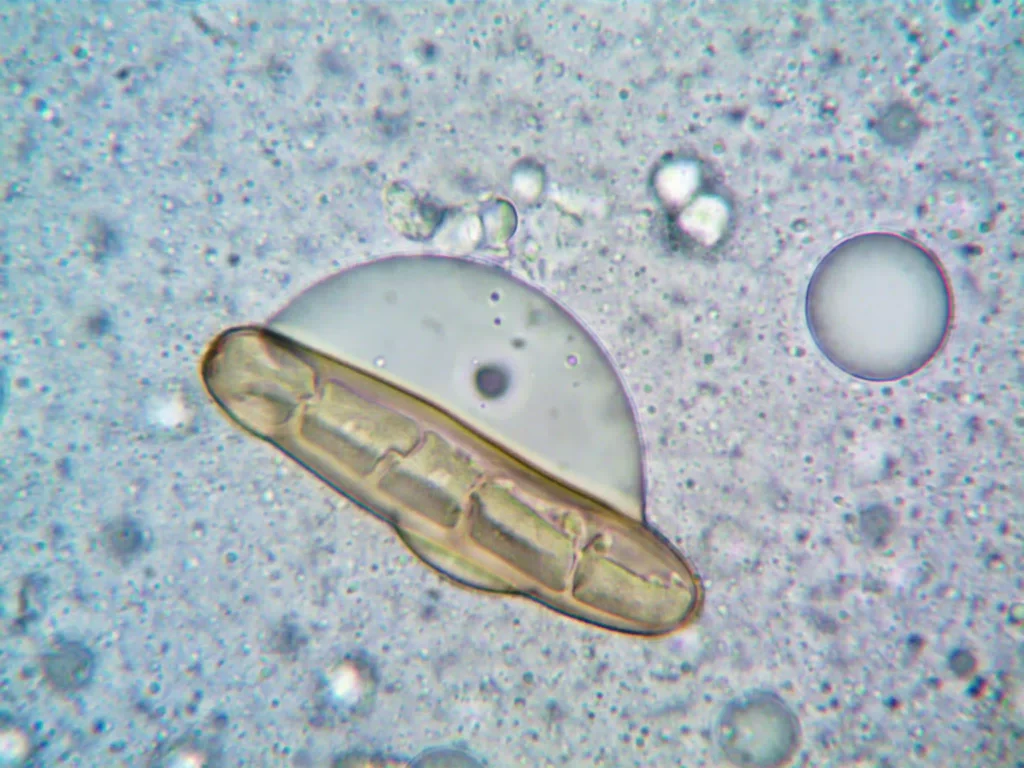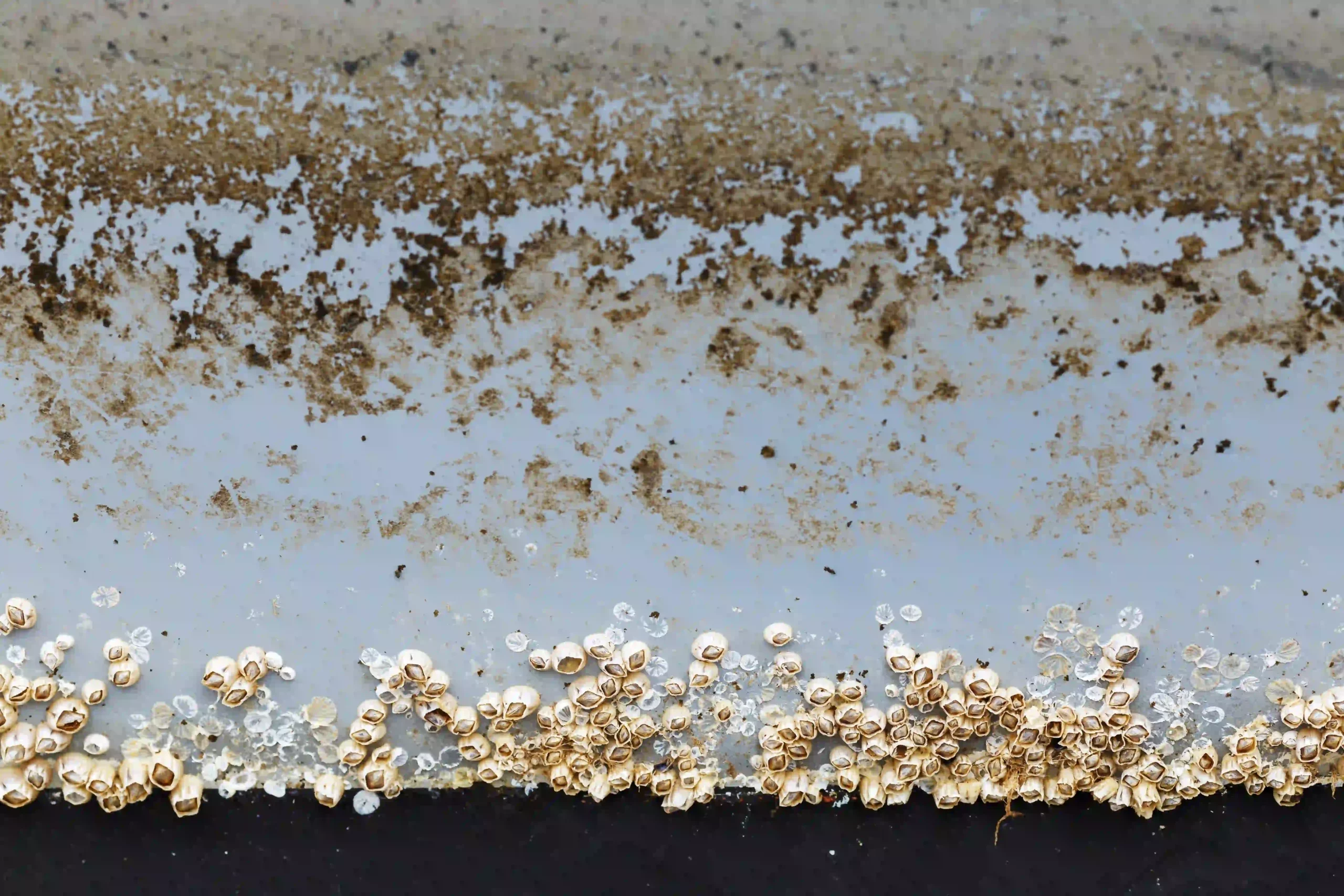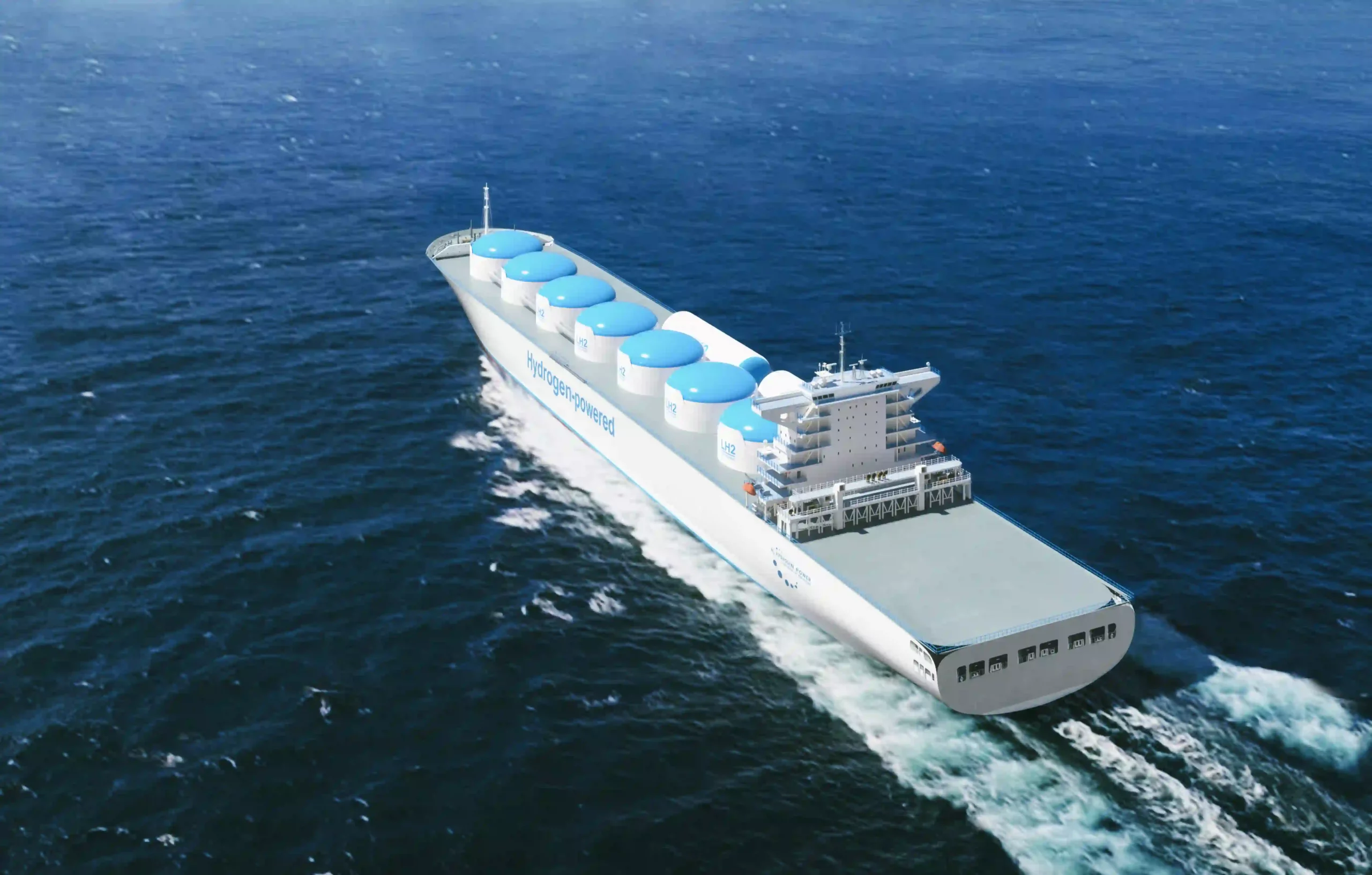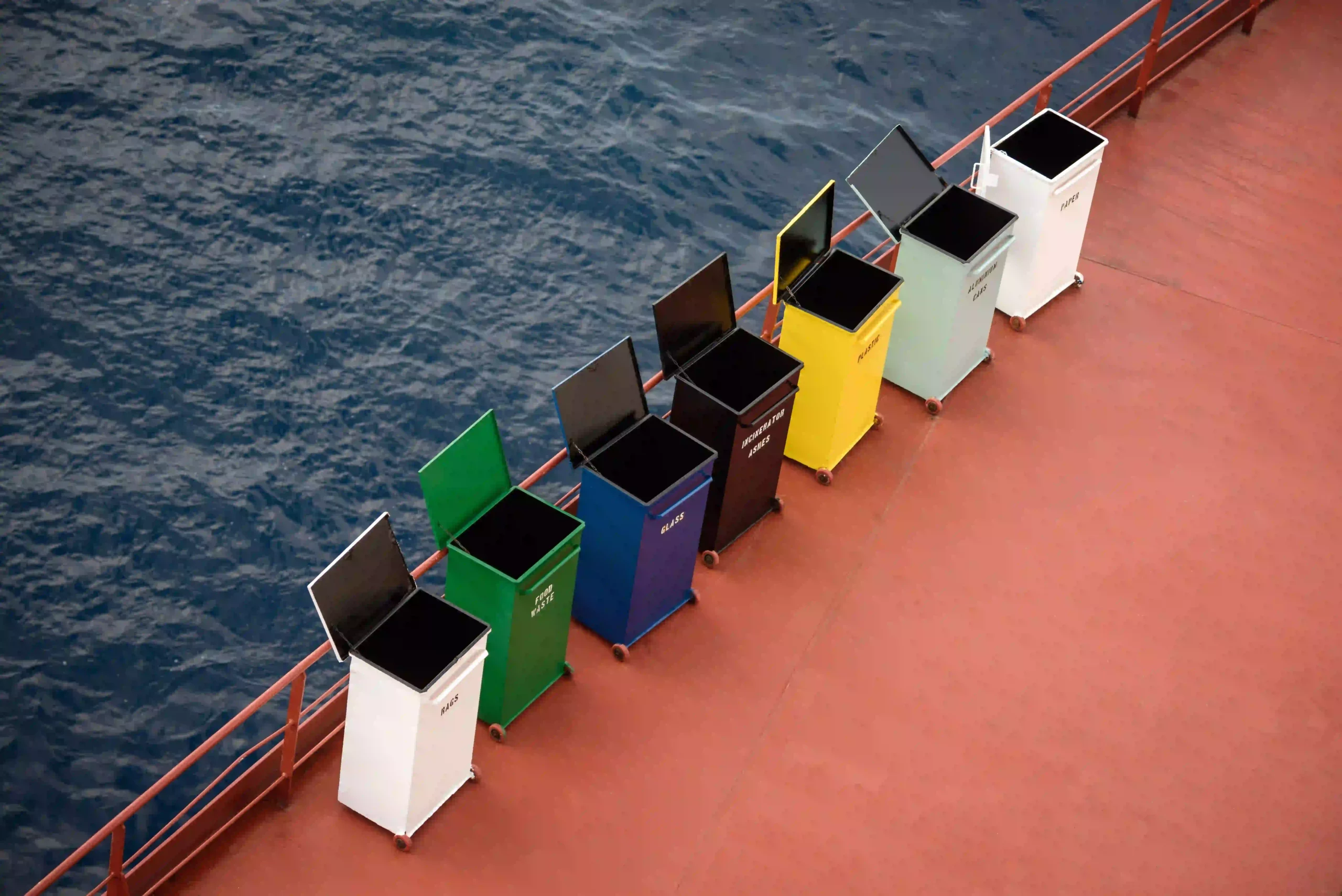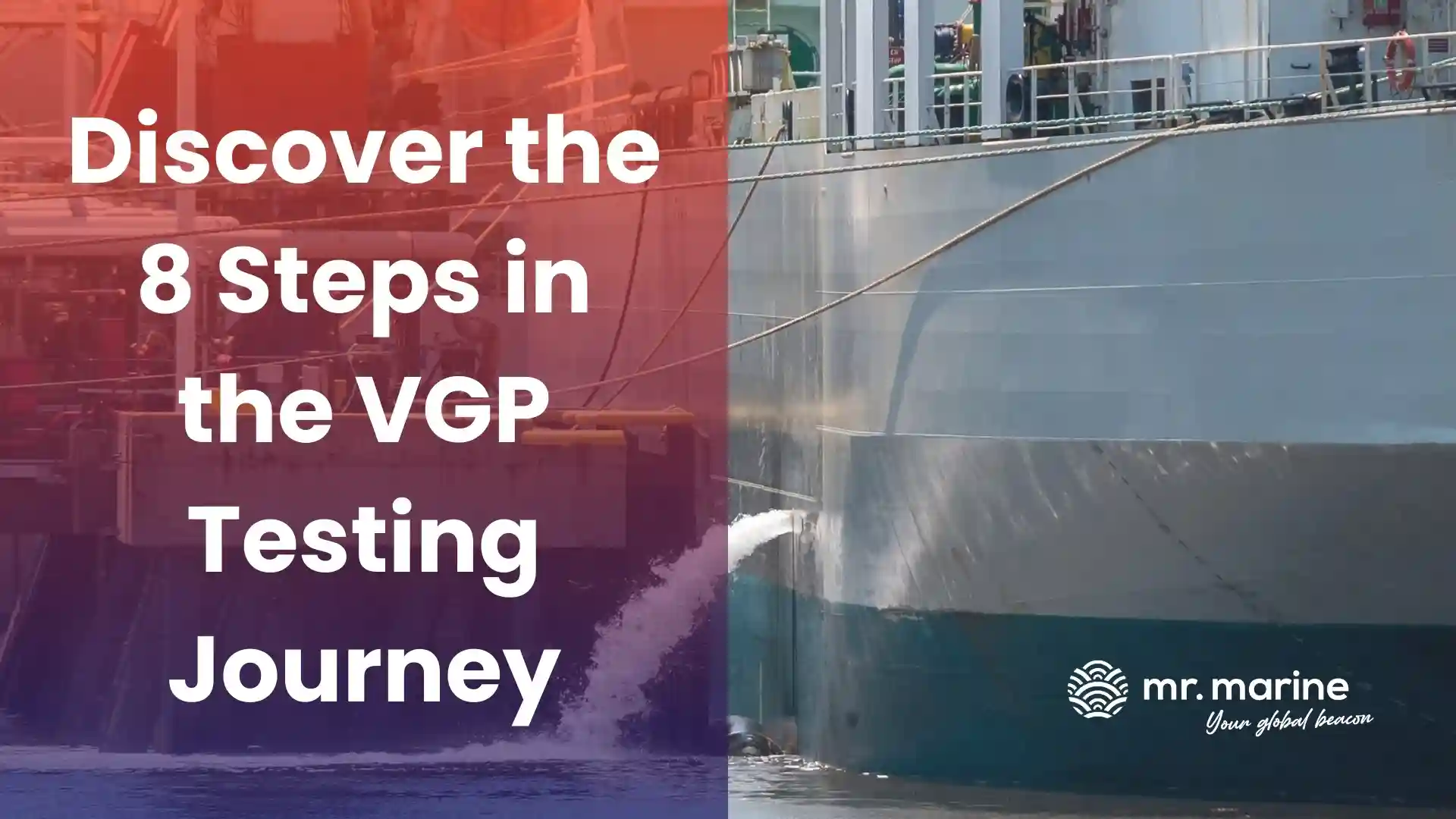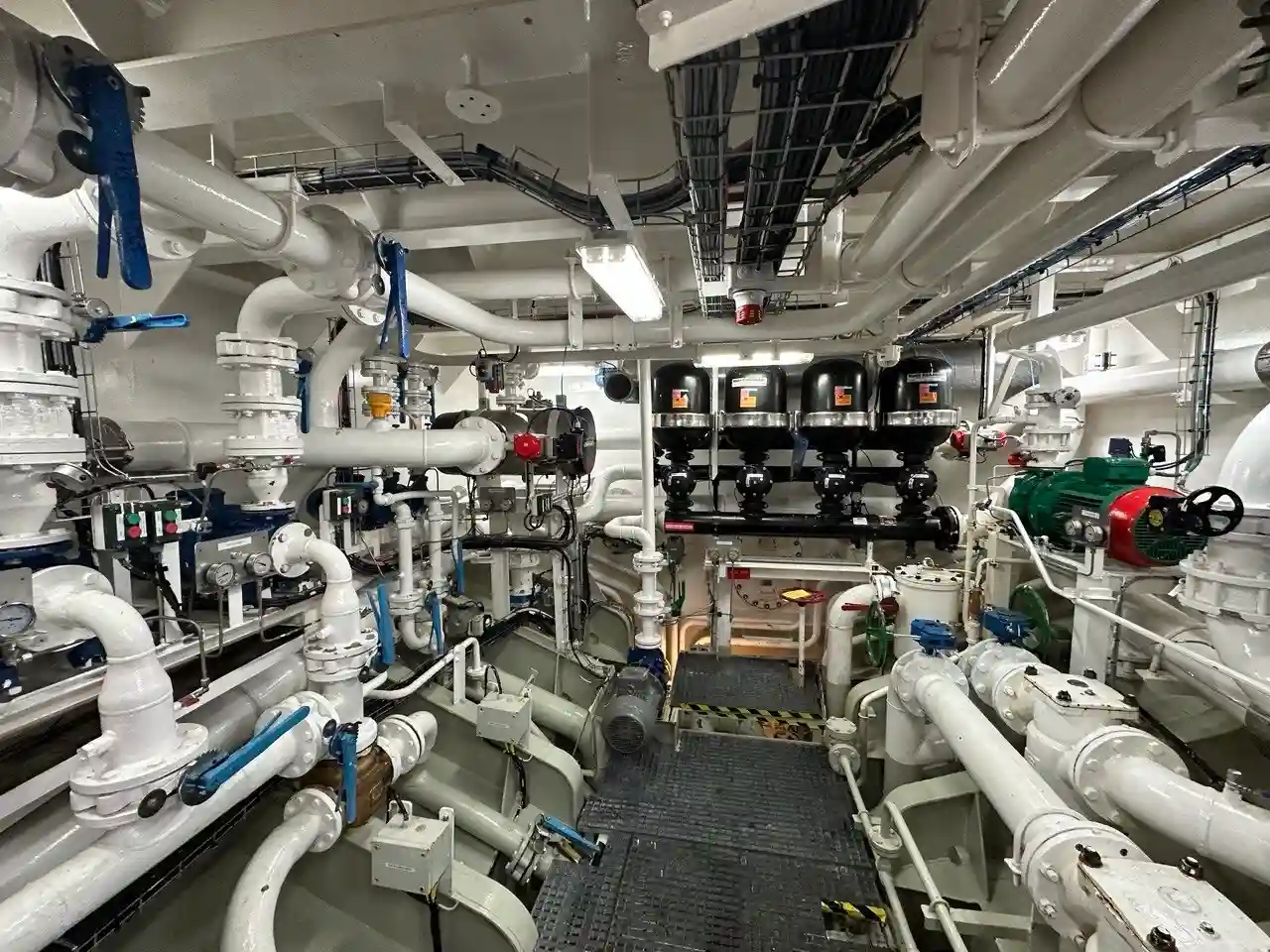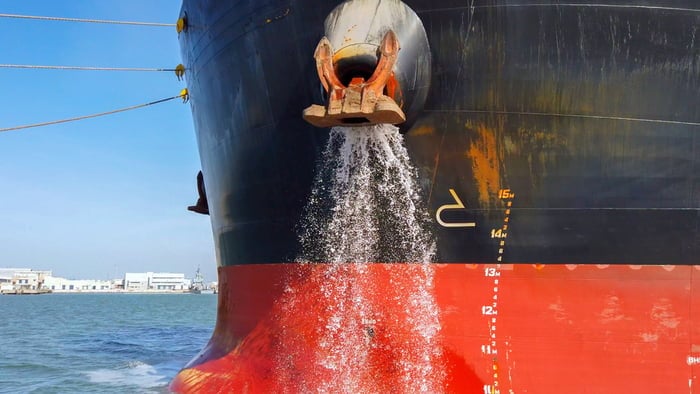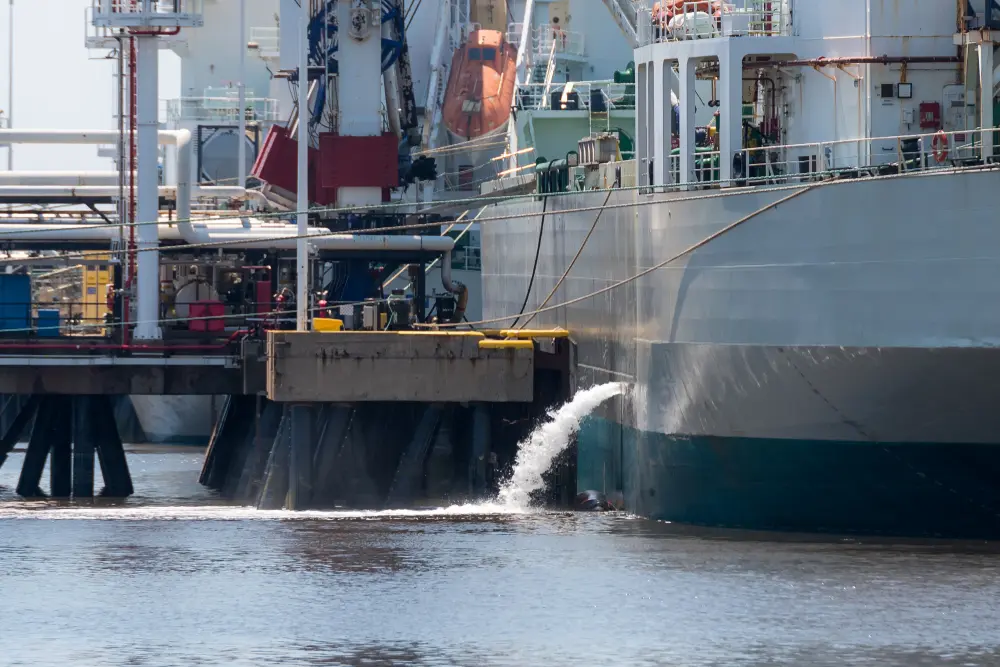Most of us who are familiar with the marine industry have heard about how ballast water carries the threat of polluting the world’s oceans with invasive species of microorganisms. However, this statement does not hold equal weight for everyone who hears it. There are a number of the world’s vessels sailing without properly functioning Ballast Water Treatment Systems (which are meant to prevent this threat). Therefore, in this article we explore in detail how big the threat of marine invasive species for the world’s oceans is, what its real impacts are and ultimately whether and how it affects our marine environment.
But, before diving deeper into the subject of invasive species, let us introduce Ballast Water and Ballast Water Management Systems for those who are less accustomed to these concepts.
Ballast water – what is it and what purpose does it serve?
Large cargo ships mainly carry ballast water, simply to balance their weight and maintain stability on water. The mechanism that makes this possible is a result of physics, through a combination of moment and the lateral forces on the hull of ships.
Another question might make the actual physics of ballast water easier to understand – what would happen to vessels without ballast water? The answer is, ships have a much higher chance of capsizing, or rolling on its side, which further poses the risk of sinking. In other words, ballast water is quite essential for sailing vessels.
Still, it is also a source of non-native species that can harm the marine environment where the ballast water is discharged. Around 10,000 ballast water invasive species are transported every day in different parts of the world, imposing a threat to the local waters. In this blog post, we will explore the types of invasive species, their effect on the marine environment, and the measures to preserve our maritime biodiversity.
What are some types of Invasive Species transferred with the Ballast Water?
There are different types of harmful invasive species transported in ballast tanks, some of which integrate:
- Zebra mussels (Dreissena polymorpha): These small, freshwater mussels are native to Europe but have spread to various regions, including North America, due to ballast water discharge. They can clog pipes and disrupt aquatic ecosystems by exceeding the native species for resources.
- Asian carp: Various species of Asian carp, such as silver carp and bighead carp, have been introduced to North American waters through ballast water. They can outcompete native fish and disrupt aquatic food chains.
- European green crab (Carcinus maenas): Native to Europe and North Africa, this crab species has been transported to various locations around the world through ballast water discharge. It can have detrimental effects on native shellfish wildlife and their habitat.
- Sea lamprey (Petromyzon marinus): These parasitic fish are known to have been introduced to the Great Lakes in North America through ballast water from ships’ tanks, where they have had a significant negative impact on native fish populations.
- Caulerpa taxifolia (killer algae): This invasive marine algae was introduced to the Mediterranean Sea via ballast water from ships. It can outcompete native seaweeds and disrupt marine ecosystems.
- European fanworm (Sabella spallanzanii): This tube-dwelling worm species has been spread to various locations through ballast water discharge. It can displace native species and alter marine habitats.
- Sea squirts (Didemnum vexillum): If sea squirts are present in ballast water and are discharged into new water, they have the potential to become invasive species and damage the local marine environment.
- Phytoplankton and zooplankton: Common phytoplankton species transferred through ballast water include diatoms like Skeletonema and dinoflagellates such as Alexandrium, potentially triggering harmful algal blooms. Zooplankton like copepods, such as Acartia and Calanus, along with larvae of crustaceans and molluscs, can also damage maritime biodiversity and habitat. These organisms may establish in new ecosystems, disrupting food chains and altering marine biodiversity.
What are the effects of the invasive species transported in ballast water?
Ballast water dispersal refers to the process by which water is taken on board by ships to stabilize their weight and balance, and then subsequently discharged or released back into the environment.
The dispersal of ballast water can have significant ecological implications, especially when invasive aquatic species are transported from one ecosystem to another. The invasive species can outcompete native species for resources, introduce new diseases, and alter habitats, leading to cascading effects throughout food chains. This threatens the balance of marine ecosystems, increasing the risk of species extinction.
The ballast water invasive species can also have economical effects at the detriment of local fisheries and tourism.
What measures are in place to manage the ballast water invasive species?
Recognizing the urgency of the issue, international efforts have been underway to develop regulations. The Ballast Water Management Convention, adopted by the International Maritime Organization (IMO), aims to prevent and minimize the transfer of harmful organisms through ballast water. The IMO convention sets the regulations for ballast water treatment and management, requiring vessels to install ballast water treatment systems and to follow specific guidelines to reduce the risk of introducing invasive aquatic organisms.
What should you do to reduce the risk of invasive species transfer?
To reduce the risk of invasive species transfer, here are some activities that you must consider:
- Ballast Water Management Plan: Develop and implement a ballast water management plan that informs about the procedures for ballast water exchange, treatment, and discharge in compliance with international regulations.
- Compliance with Regulations: Adhere to international regulations such as the Ballast Water Management Convention set by IMO (International Maritime Organization) that provides guidelines for ballast water management and discharge.
- Implement Treatment Technologies: Invest in approved ballast water treatment (management) systems that can effectively remove or neutralize organisms present in ballast water, reducing the risk of invasive species introduction.
- Ballast Water Exchange: Conduct ballast water exchange in open seas when possible, following recommended procedures to minimize the presence of marine organisms and sediments in ballast water before it is discharged.
- Regular Maintenance: Maintain ballast water management systems and equipment to ensure they function properly.
- Crew Training: Train crew members onboard vessels on proper ballast water management procedures, integrating the use of treatment systems and compliance with regulations.
- Record Keeping: Maintain accurate records of ballast water operations, including dates, locations, volumes, and treatment methods used.
- Monitoring and Reporting: Regularly monitor ballast water for the presence of invasive species and report any findings to relevant authorities.
The issue of invasive species in ballast water unveils the interconnectedness of our ecosystems and the potential impact of human activities on the balance of nature. As we navigate the oceans, we must remain vigilant in our efforts to protect these vital ecosystems from the hidden threats of ballast water discharge. Through international cooperation, innovative technologies, and increased awareness, we can mitigate the risks of invasive species transfer through ballast water and help in the conservation of our oceans’ biodiversity.
Mr. Marine Ballast
Mr. Marine Ballast is your partner to ensure that your vessel is safe and compliant (e.g., IMO regulations), reducing the risk of ballast water invasive species transfer. Our team services any type of ballast water treatment system to preserve our global oceans clean. Mr. Marine technicians are present in 375+ global ports 24/7 to perform the sampling of different types of ballast water management systems or other BWTS services on your vessels. We can support you with IMO D2 Commissioning Sampling, VGP Compliance Sampling, and other water sampling tests to ensure the invasive species in the ballast water are effectively treated and that you comply with the BWM Convention.
You can contact our team to book your next service in your closest port of call or you can submit the form below with your information.


